55-gallon drum colors indicate the materials inside the barrel, alerting handlers of non-hazardous, low-hazard, or flammable substances. Industries handling 55-gallon drums should follow proper safety procedures, such as wearing personal protective equipment (PPE) to prevent exposure and environmental risks.
Understanding the Meaning Behind Drum Color Codes: Why They Matter
The significance of drum color codes for 55-gallon drums is primarily in safety, identification, and regulatory compliance. The colors of a 55-gallon drum are visual indicators disclosing important information about the drum’s contents, potential hazards, and how it should be handled. Drum color coding helps ensure the safe handling, storage, and transportation of materials.
Safety
Drum colors are essential for safety in industrial and commercial settings. Color coding helps workers and personnel quickly identify the contents of a drum, allowing them to take appropriate safety precautions. For example, knowing that a red drum contains flammable materials can inform workers to handle it carefully to prevent fires or explosions.
Identification
Color coding on drum barrels simplifies inventory management and logistics. These colors enable efficient tracking of materials in warehouses and storage facilities, reducing confusion and errors. The color of each 55-gallon drum can easily indicate the specific materials without opening or inspecting each barrel.
Regulatory Compliance
Occupational Safety and Health Administration (OSHA) has specific requirements for labeling and color-coding 55-gallon drums, mainly when the drum contains hazardous materials. Adhering to these regulations is crucial for compliance and avoiding potential fines or penalties with 55-gallon drums.
Emergency Response
In the event of accidents, leaks, or spills, the color of a drum helps first responders assess the situation quickly and efficiently. Responders can determine the nature of the hazard and take appropriate actions to contain it. For example, their response to an explosive red drum would differ from that of a toxic orange drum.
Environmental Protection
Correctly color-coded drums also help prevent improper disposal or mixing of hazardous materials. This reduces the risk of pollution and ecosystem harm.
Interpreting Different Types of 55-Gallon Drum Colors
Interpreting the different types of 55-gallon drum colors is crucial for environmental protection, emergency responders, safety and identification, and regulatory compliance. The most common 55-gallon drum colors include red, yellow, blue, green, white, black, gray, orange, and purple.
Red drums are a clear warning of flammable materials, which require careful handling and storage away from open flames or ignition sources. Yellow drums hold oxidizers, substances that can intensify fires. Blue drums often contain hazardous materials, while their specific content may vary. Green drums typically store low-hazard or non-hazardous materials, such as water-based chemicals. White or natural-colored drums contain corrosive substances, requiring appropriate personal protective equipment (PPE). Black drums may store waste materials to be recycled or disposed of. Orange drums indicate toxic or hazardous materials that can be harmful upon contact or inhalation. Gray drums hold radioactive materials, requiring strict emission safety protocols. Purple drums contain materials with long-term health risks, such as carcinogens or mutagens.
While these are the standard drum color codes, other color-coding systems may exist depending on the region, industry, and regional regulations. Proper knowledge and interpretation of drum color codes guarantee the safe handling and transportation of materials, promoting safety in the workplace and environmental protection.
Red Drums: Flammable Materials
Red drums typically contain flammable materials or liquids. These may include gasoline, diesel fuels, oils, and other flammable substances that can easily catch fire. Red 55-gallon drums should be handled with extreme care and caution, avoiding contact with explosive substances and stored separately from them.
Yellow Drums: Oxidizers
Yellow 55-gallon drums are often used for oxidizers. Oxidizers are chemicals that provide oxygen and can intensify fires, so it’s crucial to handle these drums with caution and avoid contact with combustible materials.
Blue Drums: Hazardous Materials
Blue drums are commonly associated with hazardous materials, but the exact contents can vary. 55-gallon blue drums might contain chemicals that could be harmful if they come into contact with skin or eyes. For specific handling instructions for blue 55-gallon drums, check the labels and safety data sheets (SDS).
Green Drums: Non-Hazardous or Low-Hazard Materials
Green drums often contain non-hazardous or low-hazard materials. These materials might include non-toxic substances, water-based chemicals, and food products. While these materials are typically safe for handling, standard safety precautions should still be followed when handling green 55-gallon drums.
White or Natural Drums: Acids or Corrosives
White or natural-colored drums are often used to hold acids or corrosive substances. When handling white 55-gallon drums, storing them away from incompatible materials and wearing PPE is crucial, as these chemicals can be highly reactive and dangerous.
Black Drums: Waste Materials
Black drums are used for storing waste materials, such as materials to be recycled or disposed of. Waste disposal regulations should still be followed when handling black 55-gallon drums.
Orange Drums: Toxic Materials
Orange drums typically store toxic or hazardous substances. These materials can be harmful if inhaled or come into contact with the skin. Orange 55-gallon drums should be carefully handled while wearing personal protective equipment (PPE) and stored in a well-ventilated area.
Gray Drums: Radioactive Materials
Gray 55-gallon drums are often used to store radioactive materials, which are substances that diffuse radioactive particles and require unique handling and storage methods.
Purple Drums: Health Hazard Materials
Purple drums can contain materials that pose a health hazard, such as carcinogens or mutagens. The substances in purple 55-gallon drums can cause long-term health risks and should follow recommended safety procedures to prevent exposure.
Wearing PPE When Handling Color-Coded 55-gallon Drums
Using standardized color-coding systems for 55-gallon drums helps improve workplace safety, prevent accidents, and ensure proper handling and storage of hazardous materials. When handling color-coded 55-gallon drums, wearing Personal Protective Equipment (PPE) ensures the safety of individuals dealing with dangerous materials. The specific type of PPE required depends on the nature of the substance inside the drum. Proper PPE includes wearing safety goggles or a full-face shield to protect the eyes from splashes and airborne particles. Wear PPE gloves suitable for the specific chemicals or materials to protect the hands and a respirator or dust mask to prevent inhaling harmful fumes or dust. Depending on the hazard level, the body should be shielded with appropriate attire, such as lab coats, chemical-resistant coveralls, or medical disposable gowns. Lastly, face shields offer additional protection if there’s a risk of splashes or aerosolized particles.
Understanding the Safety Data Sheet (SDS) provides information on potential hazards and the recommended PPE for the drum materials. Comprehensive training and understanding of emergency procedures reinforce safety when handling 55-gallon drums, ensuring individuals can respond to incidents according to their color code.
References:
Occupational Safety and Health Administration (OSHA). Safety color code for marking physical hazards.
Occupational Safety and Health Administration. Hazard Communication Standard: Safety Data Sheets.





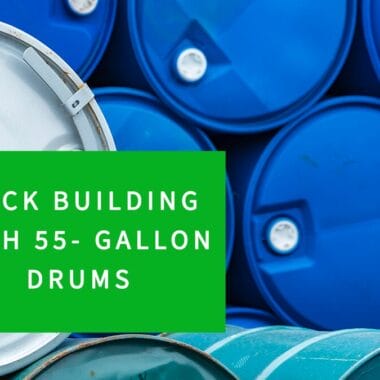


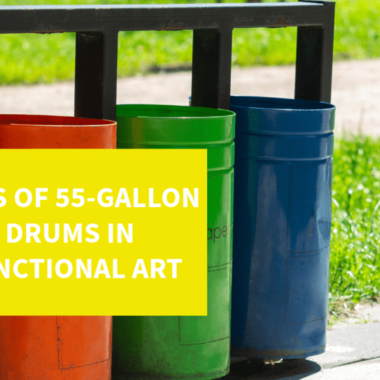
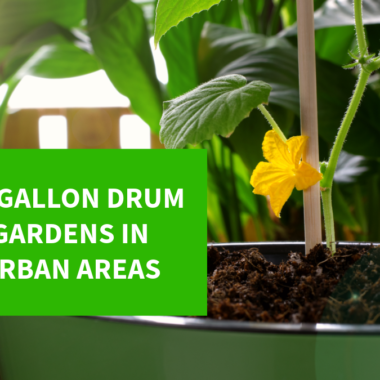

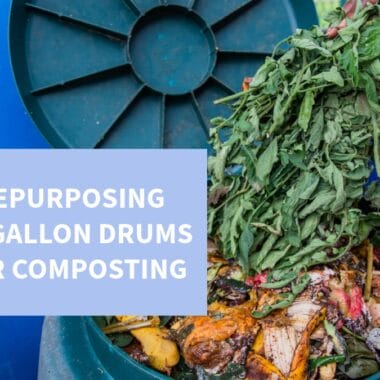
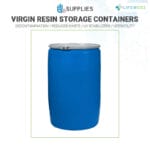






Comments are closed.